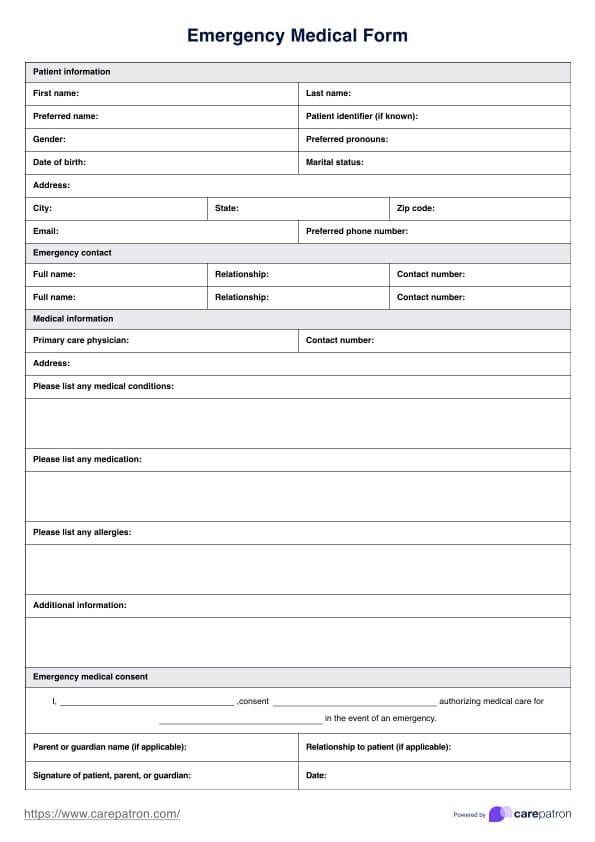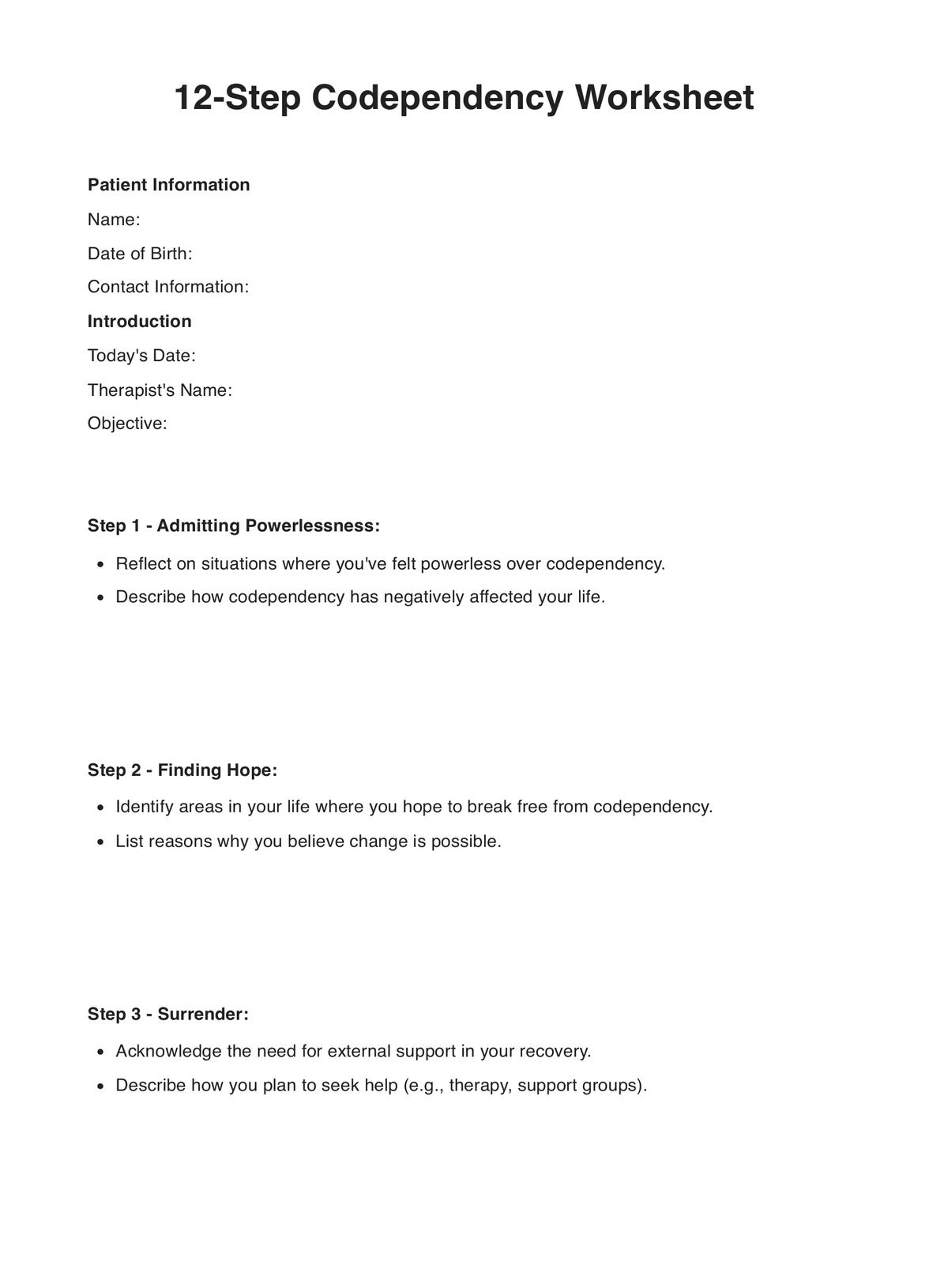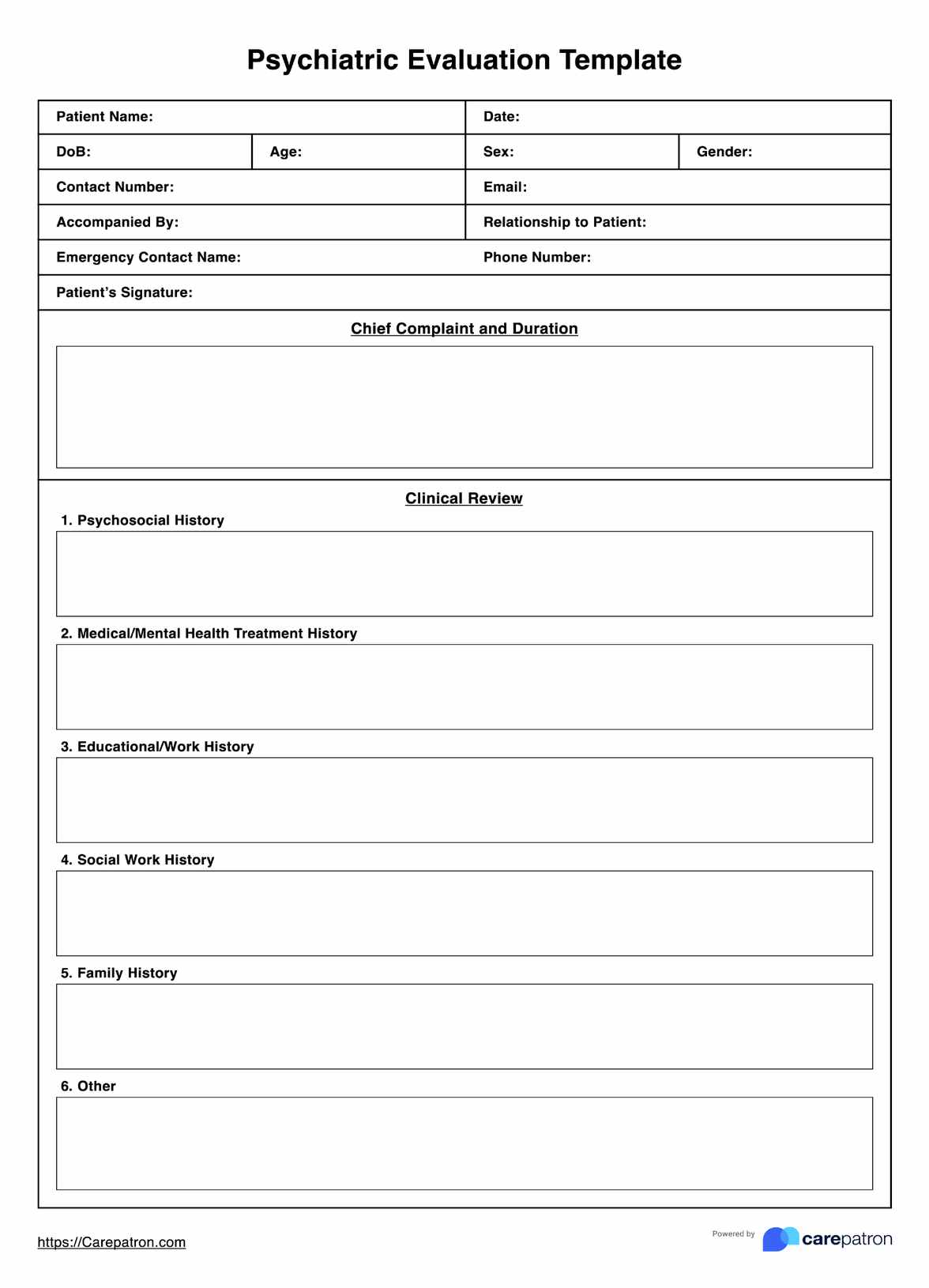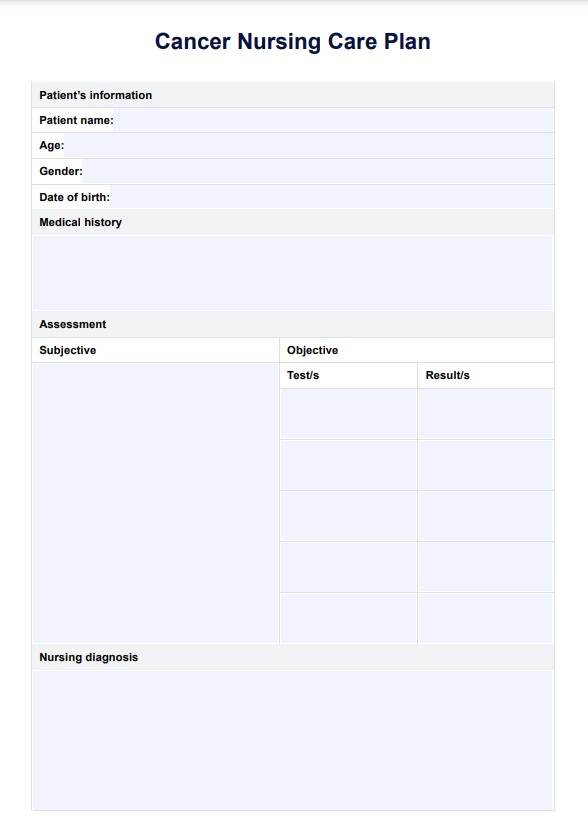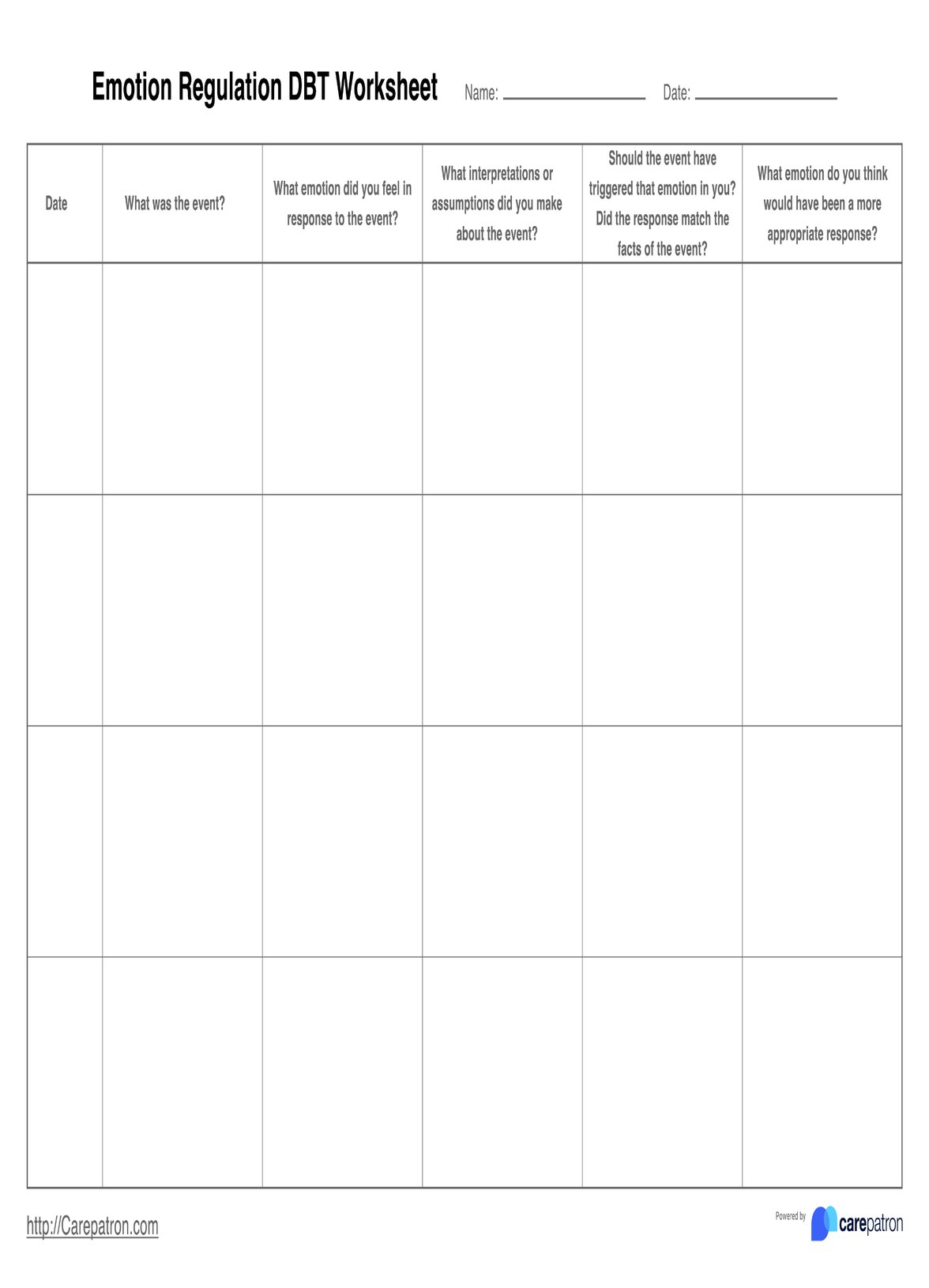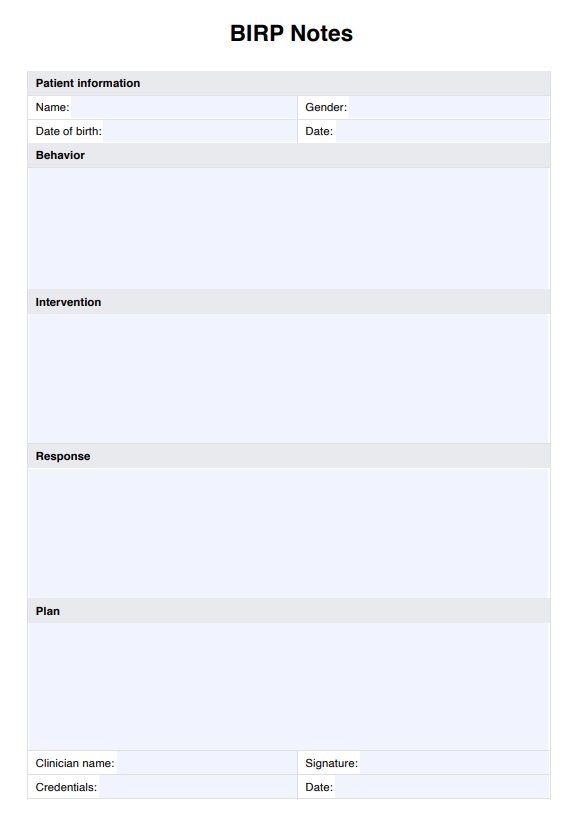Active Listening Skills Worksheet
Help clients develop essential active listening skills with this Active Listening Skills Worksheet. Download and use this template for your client sessions.


What is active listening?
Active listening is a communication technique that requires the listener to fully concentrate, understand, respond, and remember what is being said. This skill is a crucial component in effective communication and involves perceiving not only the content or spoken words but also using all the senses to understand the message conveyed through other ways, such as through nonverbal cues.
Historically, active listening was developed in the 1950s by psychologists Carl Rogers and Richard Farson, who recognized that simply listening to what someone was saying instead of offering advice or opinions could foster a more open and understanding dialogue. They emphasized the importance of empathy and genuine engagement in the listening process.
Genuine active listening builds trust and rapport by fostering openness and reducing misunderstandings, enhancing the quality of conversations. In therapeutic contexts, it aids mental health professionals in understanding and empathizing with clients, facilitating effective interventions alongside reflective listening.
What is reflective listening?
Reflective listening is a powerful communication strategy that involves paraphrasing and restating the speaker's feelings into the listener's own words to show understanding. This technique allows the listener to provide undivided attention, helping to clarify and explore the speaker's thoughts and emotions.
When individuals practice reflective listening, they foster empathy and validation and encourage open communication, paving the way for deeper understanding and connection. This technique demonstrates active listening, which can be instrumental in therapy, where clients are encouraged to express themselves and feel heard.
Active Listening Skills Worksheet Template
Active Listening Skills Worksheet Example
How to use this free printable active listening worksheet
Teaching active listening skills can help clients in their personal and professional relationships. Here's how you and your clients can make the most of our free printable active listening worksheet:
Step 1: Access our template
First, access the worksheet. You can obtain the Active Listening Skills Worksheet from the Carepatron platform by clicking "Use template." If you want a ready-to-print and fillable PDF version, you may click "Download."
Step 2: Explain the template to the patient
It's essential to clearly explain the worksheet to clients or individuals looking to enhance their listening skills and promote active listening. Discuss the purpose of each section and how active listening can help them in maintaining interpersonal relationships.
Step 3: Self-assessment and reflection
Encourage individuals to assess their listening skills and communication habits honestly. Self-awareness is key to identifying barriers, such as distractions or impulsive reactions, and developing strategies like managing focus and building empathy for better social-emotional learning.
Step 4: Practice active listening techniques
The worksheet includes practical exercises and techniques for different aspects of active listening. Guide clients to apply these techniques in their daily conversations and interactions.
Step 5: Feedback and goal-setting
Encourage clients or individuals to ask for honest feedback on their current listening skills and reflect on their communication habits, fostering the development of an active listener. Based on this feedback, help them set achievable short-term and long-term goals for improvement.
Step 6: Monitor progress
Revisit the worksheet regularly to track progress. Discuss any changes or improvements in listening skills and adjust goals as necessary. Practicing active listening exercises can significantly improve how individuals interact and communicate in their personal and professional lives.
Benefits of this active listening worksheet
Active Listening Skills Worksheets encourage clients to engage in deeper, more meaningful conversations. In both individual and group therapy sessions, they help:
Foster meaningful conversations
Clients can engage in deeper, more meaningful conversations. By actively listening, individuals can better understand the speaker's perspective, leading to richer and more fulfilling interactions that build positive relationships.
Improve relationship building
Effective listening is fundamental to building strong relationships. The worksheet helps individuals develop skills that foster trust, empathy, and connection, essential in personal or professional life.
Enhance self-awareness and personal growth
The self-assessment and reflection sections of the worksheet help individuals increase their self-awareness. They become more aware of their listening habits and areas for improvement, contributing to their personal growth and development.
Develop empathy and understanding
Individuals learn to empathize and understand others better by practicing active listening techniques. This improves communication, helps resolve conflicts, and builds compassion.
Clarify and resolve misunderstandings
Active listening can help clarify misunderstandings in conversations, reducing conflicts and frustrations. By focusing on the speaker, observing verbal and nonverbal cues, and asking open-ended questions, individuals can ensure they fully comprehend the message being conveyed.
Commonly asked questions
Active listening should be used because it enhances understanding, builds trust, and improves the quality of interactions. Therapy ensures patients feel heard and valued, which is crucial for effective treatment.
Developing active listening skills enhances communication by promoting understanding, empathy, and thoughtful responses. It helps reduce misunderstandings, ensures clearer exchanges, and strengthens connections in conversations.
You can improve your active listening by focusing attentively on the speaker, avoiding distractions, paraphrasing what you've heard, asking open-ended questions, and observing body language, facial expressions, and non-verbal cues. Regular practice and mindfulness can also enhance your ability to listen actively.

























-template.jpg)














































































